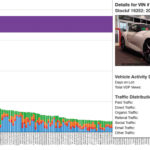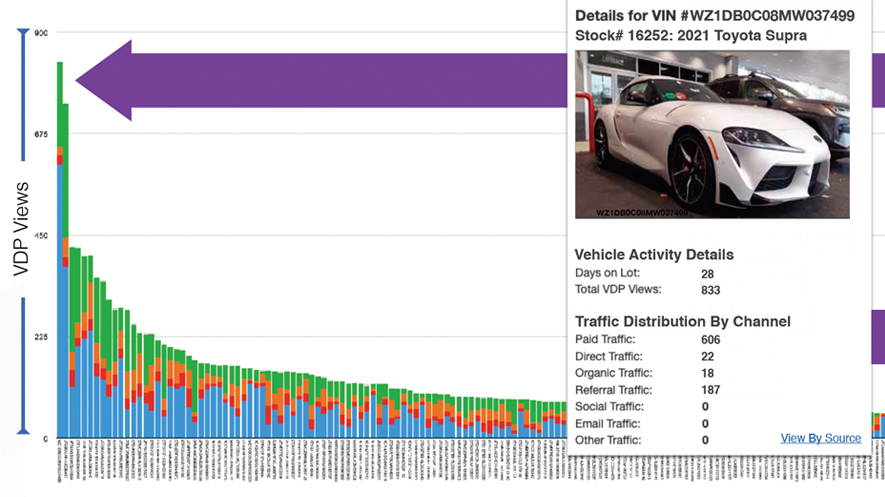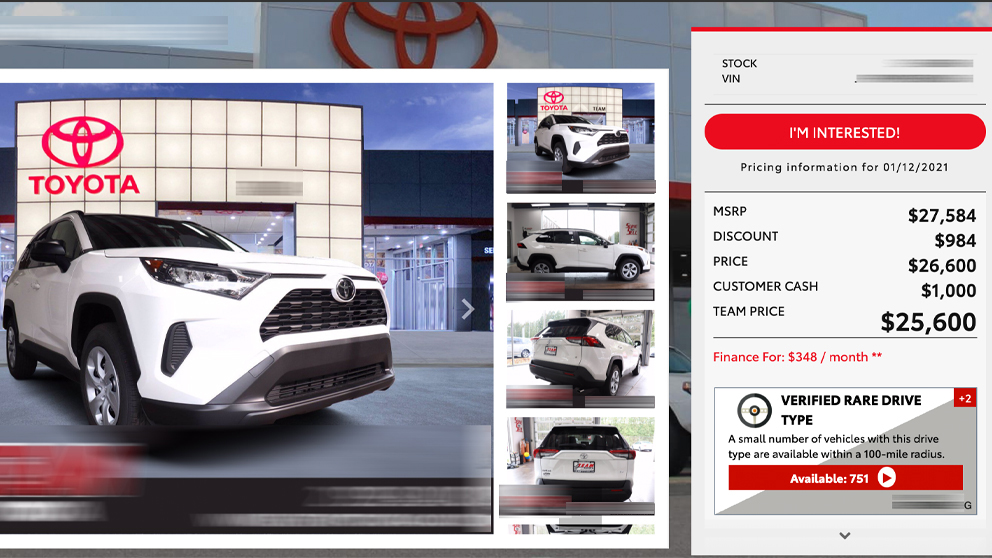Google Analytics For Dealerships
Google Analytics is one of the most widely recognized analytics tools on the internet today. If you’re a dealership in 2021, chances are good you have Google Analytics installed on your website. Proper use of it can be essential in your business’ marketing mix. That said, at Speed Shift Media, we often tell our new dealers:
Google Analytics is optimized to report on webpages and views, not VDPs and car shopping behavior.
To address this issue, we have prepared the following guide in helping dealerships leverage Google Analytics reports, and how they can make better sense of their shoppers’ behaviors.
Essentially, there are 3 ways you can use Google Analytics to review your VDP activities:
- Data Segments
- Filtered Views
- Google Goals
Data Segments
This is the quickest to set up with Google. We often recommend Data Segments to dealers first, because it allows the dealer to have flexible views and look back on historical data. However, the reporting in Data Segments doesn’t only report on VDP activities. It shows where users looked at a VDP but also on other pages as well.
This is the typical audience overview screen on Google Analytics. It shows activities for users of all segments. This view may be difficult to digest due to the amount of different types of data.

If you then create more user segments, you can start to see more comparative data with the user base.

To break this report down further, we like to create segments like so;

Furthermore, if you go into the Behaviour and Site Content screen, then click on Page Activities, you may see some VDP activities. Although this data is not comprehensive, it can serve as a guideline for dealers to see what’s trending on their website on a macro level. With this level of segmentation, you can use Data Segments as a way to track user activities on your VDPs using Google Analytics.
Filtered Views
To use Filters on Google Analytics, you will need to create a new View. By creating a Filtered View, you can remove any activity on your pages that is not a VDP. This will remove the irrelevant data which would be reported on other views. Unfortunately, this method only starts to collect data at the moment you go and create the Filtered Views to track VDP activities (no history). Also, note that any changes made after the Filter creation may lead to loss of data, due to Google’s policies.
Google Goals
At last, to track VDP activities with Google Analytics, you can use Google Goals. If you’ve used Google Analytics before, you’re probably already familiar with using Google Goals to track conversions on pages. Did you know you could also use Google Goals to track VDP Page Views? Simply add those as a Goal, and Google will automatically track your sources towards goal completion. This can be an effective way to track VDP activities, but Google limits you to only tracking 20 goals per week. This limitation unfortunately means only a portion of your inventory can be tracked at once.
Are these 3 methods enough to get the full picture?
Simply put… no, these 3 methods described aren’t enough for one to make dealership decisions based on VDP activities. Here’s what Google Analytics doesn’t report on…
- Which units are getting the most traffic? And vice versa?
- Are you over/under spending marketing budgets on certain units?
- Which traffic sources are efficient/inefficient?
- What’s the quality of your marketing success?
- What’s the shopper activities, relative to automotive terms?
- What sources of traffic are working together to drive sales?
- What should you do if there’s a problem?
So here’s the takeaway – Google Analytics can help tell a story on your website activities, but it doesn’t offer comprehensive reporting to help dealerships make decisions. Our team here at Speed Shift Media specialize in making sense of all this information. Feel free to email us for a consultation.
To dive deeper into the subject of VDPs, check out our video below!
We hope these tips will help you and your team make better dealership decisions in 2021. If you require assistance in setting any of these methods up, simply click on Get Started with Speed Shift Media today!







